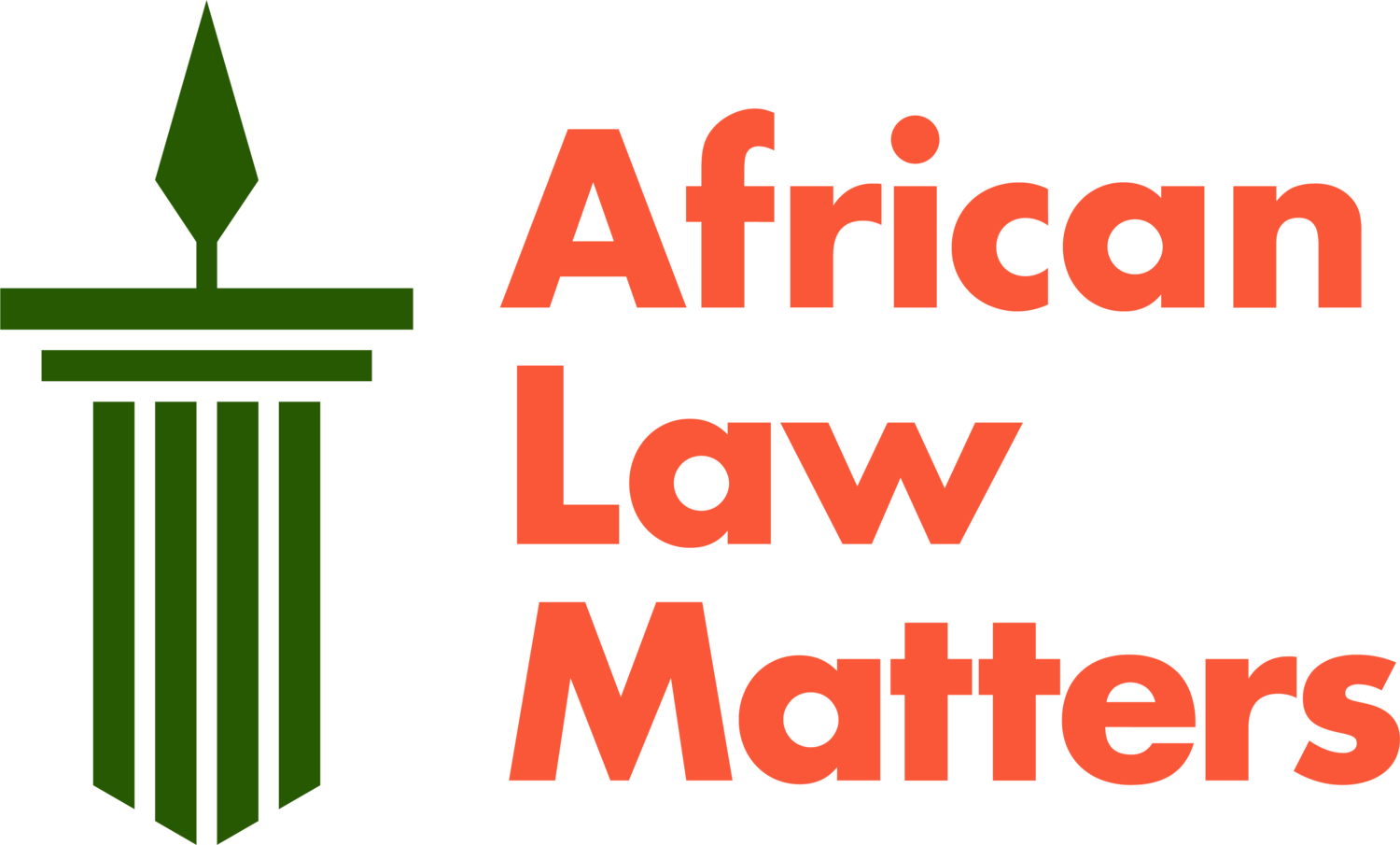Using public participation to fix the “agency problem” in governments
In anticipation of misuse of authority and power for personal benefits by people in positions of authority in a representative democracy, James Madison argued that “a dependence on the people is, no doubt, the primary control on the government; but experience has taught mankind the necessity of auxiliary precautions”.
Introduction
The agency problem refers to the abuse of power for personal gain. It involves public officers, who are supposed to act in the best interests of the people they represent, abusing their authority for personal gain. The proposed auxiliary controls for the government are internal and external in and among departments of the government to restrain it from oppressing the people. They include making members of each department less dependent on the others and “giving those who administer each department the constitutional means and personal motives to resist encroachments by the others”.
Many countries have used and modified auxiliary precautions to help address the problem of bad governance over time. For example, through their Constitutions, Kenya and South Africa have increased the independence of officeholders and their offices, and created new offices, such as independent commissions, to provide checks and balances on various government departments.
In response to these actions, Jim Babka has argued that “government failure is always used as an excuse for government expansion. Government thrives on crisis and incompetence”. Perhaps, with the growing realisation that these auxiliary precautions do not always solve the problem, there is a renewed emphasis on the people’s role in addressing the agency problem. Part of the reason for this change in strategy is that, unlike auxiliary precautions, which rely on the same principle of representation as those they seek to control, the people represent themselves and can act in their interests. Reliance on the people is achieved through public participation.
“Older constitutions are less explicit about the need for direct public participation, but it is implicit in the proper definition of democracy.”
Normative framework on public participation
Several legal frameworks recognise public participation in governance on a global scale. The Universal Declaration of Human Rights, for example, states that “everyone has the right to take part in the government of his country, directly or through freely chosen representatives”. Similarly, the International Covenant on Civil and Political Rights also states that “every citizen shall have the rights and the opportunity… to take part in the conduct of public affairs, directly or through freely chosen representatives”.
Regionally, the African Charter on Human and people’s Rights stipulates that “every citizen shall have the right to participate freely in the government of his country, either directly or through freely chosen representatives in accordance with the provisions of the law”.
My analysis has shown that, nationally, beyond voting for representatives or petitioning leaders and those in positions of authority, direct public participation has received more explicit recognition in recent constitutions. Older constitutions are less explicit about the need for direct public participation, but it is implicit in the proper definition of democracy. This is evident as, in what has arguably become the standard definition of democracy, Abraham Lincoln defined democracy as government of, by, and for the people.
Taking a few examples of African Constitutions, the Kenyan Constitution states that participation of the people is a value and principle of governance and that it “bind[s] all State organs, State officers, public officers and all persons whenever any of them applies or interprets [the] Constitution; enacts, applies or interprets any law; or makes or implements public policy decisions”.
Similarly, the Tanzanian Constitution provides that “[e]very citizen has the right and the freedom to participate fully in the process leading to the decision on matters affecting him, his well-being or the nation”.
Further, the preamble to the Zimbabwean Constitution expresses its aspiration to ensure “democratic participation in government by all citizens and communities of Zimbabwe” and that the objects of devolution include “enhance[ing] [people’s] participation in the exercise of the powers of the State and in making decisions affecting them”.
In addition, the South African Constitution states that government shall be based on the will of the people; and that Parliaments should facilitate public participation in their processes.
Representative democracy in Africa
Most African countries are “republics,” meaning they are representative democracies. Even African countries that do not formally call themselves “republics” hold national and local elections. EISA data shows that 17 African countries held general elections in 2022, either locally, regionally, nationally, or all three. 26 African countries held general elections in 2021, and 24 are slated to do so in 2023.
“The question is whether the above public participation features are sufficient to help solve the agency problem?”
Public participation and the ‘agency problem’
People hope to influence governance decisions through voting. However, as James Madison observed, many leaders abuse authority and power for personal gain. Furthermore, as previously stated, because the auxiliary precautions rely on the same principal-agent relationship, they suffer from the same “agency problem” that they seek to address. As a result, direct public participation in governance decision-making, which avoids the need for an agent, is becoming more popular as a way to improve good governance.
Outside of general elections, there is no obvious solution for avoiding the agency problem in public participation in decision-making.
Many courts, including the Kenyan Supreme Court and South Africa’s Constitutional Court have defined adequate public participation as entailing the public having access to information about participation and the nature of the engagement, to provide meaningful opportunity and capacity to participate. Clear and simple structures and processes must be in place for effective public participation. Participation must be inclusive and continuous, with both parties dedicated to the process, especially officials, and partnering in decision-making.
Further, according to the South African Constitutional Court, there is a degree of discretion on the form of participation which will vary in different cases.
The Kenyan High Court has similarly held that “the right is to represent one’s views, not a duty of the agency to accept the views given as dispositive” but that the duty bearer should “take into consideration, in good faith, all the views received”. Also, that “public participation is not meant to usurp the technical or democratic role of the office holders but to cross-fertilise and enrich their views with the views of those who will be most affected by the decision or policy at hand”.
Further, the South African Supreme Court of Appeal has argued that public participation is an “inexact concept” with “many possible facets,” and the obligation to facilitate it can be “fulfilled in many different ways.”
The question is whether the above public participation features are sufficient to help solve the agency problem?
The importance of public participation goes beyond influencing the final decision, it also includes encouraging citizens to be involved in public affairs, including familiarity with the laws; enhancing the civic dignity of the people by enabling their voices to be heard; and serving as a counterweight to secret lobbying. However, to address the agency problem, it must be able to practically influence decisions.
As it stands, the problem is that all of the identified features of public participation can be present, but the agent may still retain the power to make the final decision. The general requirement on state actors is that they must take into account the views of those who participate in the public participation process when making the final decision. Arguably, in the absence of clear decision-making criteria, these actors retain the authority to determine how to incorporate the views of the people and then defend the reasonableness of the decisions if called upon to do so. Thus, the “agency problem” may even be amplified because the decision will appear to have popular support, even if this is not the case.
One possible solution to this problem is that, because it is impossible to hold elections that involve the public in every single governance decision that requires public participation, key sectors or areas of governance that frequently experience the agency problem can be identified and decentralised to lower levels.
Elections allow the majority criteria to be used to make decisions, but in this case it may not be desirable nor would it work since several decisions requiring public participation may not be made solely on the basis of majority views independent of expert views. In addition, people are not necessarily homogeneous, so their decisions may not be in the best interests of diversity, which is one of the challenges of public participation. Following the identification and decentralisation, therefore, depending on the nature of the sector, a step-by-step decision-making framework can be developed, including how to ensure that people’s opinions are taken seriously and how they will influence decisions.
Conclusion
The agency problem arises when people in positions of authority fail to act in the best interests of the people they represent. To address this issue, it is necessary to ensure that decisions are not solely made by those in positions of authority. One solution is to increase public participation in governance beyond elections to other decisions. However, public participation without a mechanism to ensure that people’s opinions influence the final decision is insufficient.
Decentralisation of key sectors, identification of key levels of decision-making at the sector level, and development of a framework of participation and incorporation in decisions are all steps toward addressing the agency problem.


